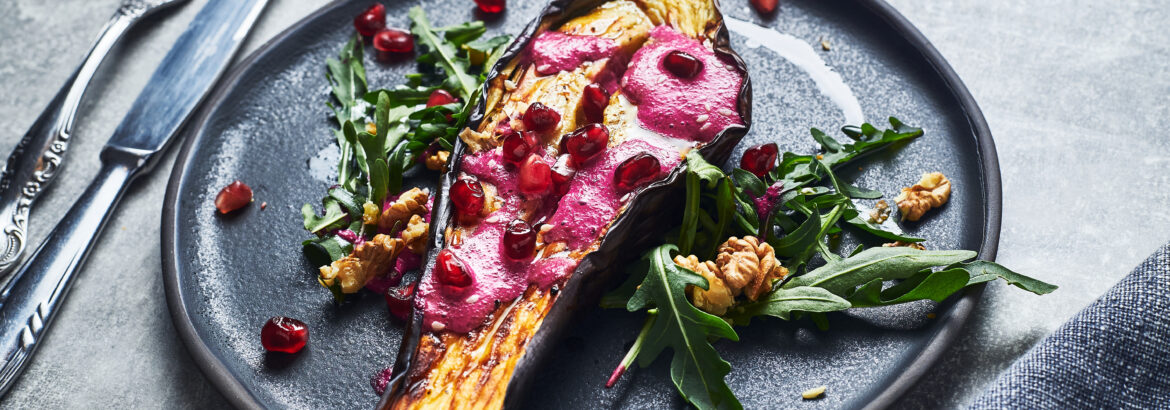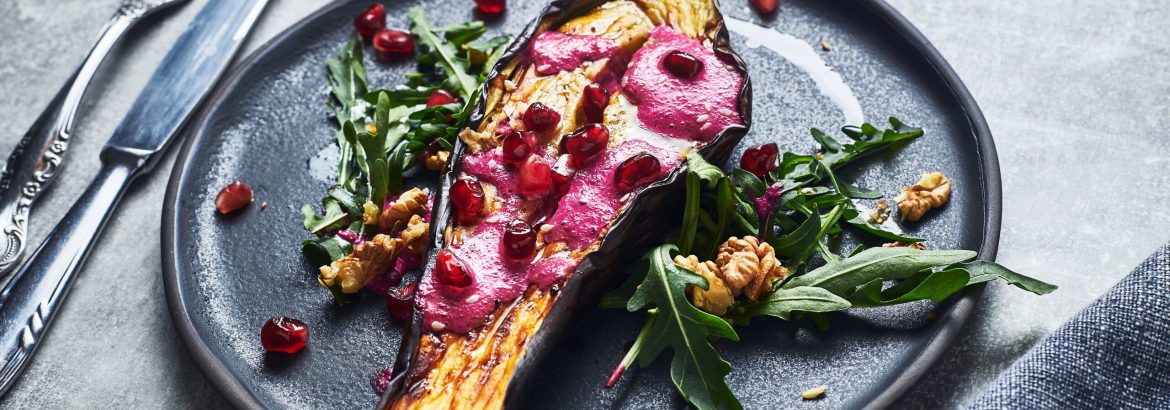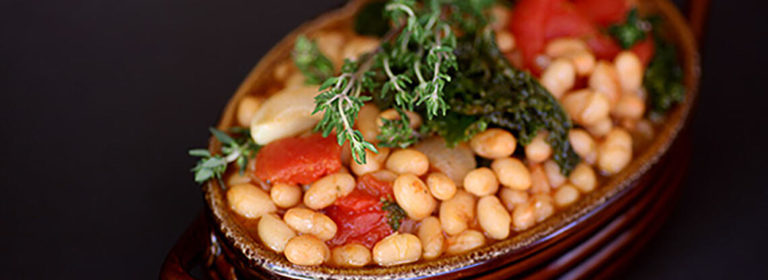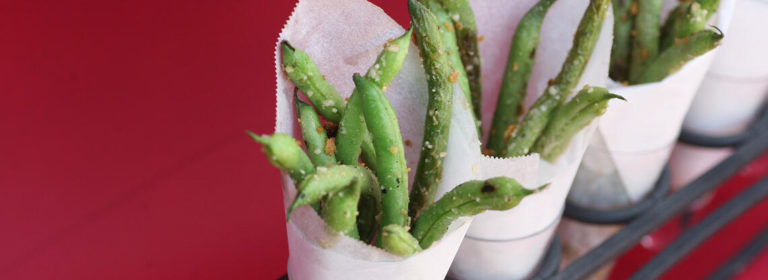Rising costs across the field-to-fork chain have affected many restaurants’ ability to provide creative, delicious menus without increasing prices. Add in labor scarcity, and it becomes clear that budgeting is more critical than ever to the success of an operation.
- Veg-Centric: Fruits and vegetables are typically more affordable than proteins like meats and seafood. Additionally, the wellness trend advocates produce at the center of the plate for better health and weight management. Serving recipes that focus on vegetables saves operations valuable budget dollars while meeting customers’ needs.
- Value-Added: Buying pre-washed and processed produce saves on time and labor, waste disposal costs, while providing year-round availability, and consistent pricing.
- Inventory Optimization: It’s critical to use the ingredients you buy. Wasted food is money in the garbage. Always use the First In, First Out method of storage to ensure that all products are used before the
Best By dates. - Seasonal Ingredients: Buying fruits and vegetables when they are in season and abundantly available equates to lower prices and better quality. Plus, these are the flavors customers crave—think mushrooms, potatoes and winter squashes in winter, followed by asparagus and leeks in spring.
SEASONAL PRODUCE CHECKLIST
- Veg-Centric: MFC Eggplant, MFC Fennel, MFC Trimmed Leeks, RSS Triple-Washed Spinach, and RSS Sweet Baby Broccoli.
- Value-Added: RSS Harvest Crisp Blend, RSS Heritage Blend, RSS Chopped Romaine, RSS Broccoli & Cauliflower Florets, and RSS Brussels Sprout Halves.
- Inventory Optimization: RSS Avocados, RSS Onions, RSS Salads & Blends, RSS Carrots, and RSS Celery.
- Seasonal Ingredients: MFC Apples, MFC Mushrooms, MFC Pears, MFC Potatoes, RSS Kale, RSS Arugula, beets, and winter squashes.




